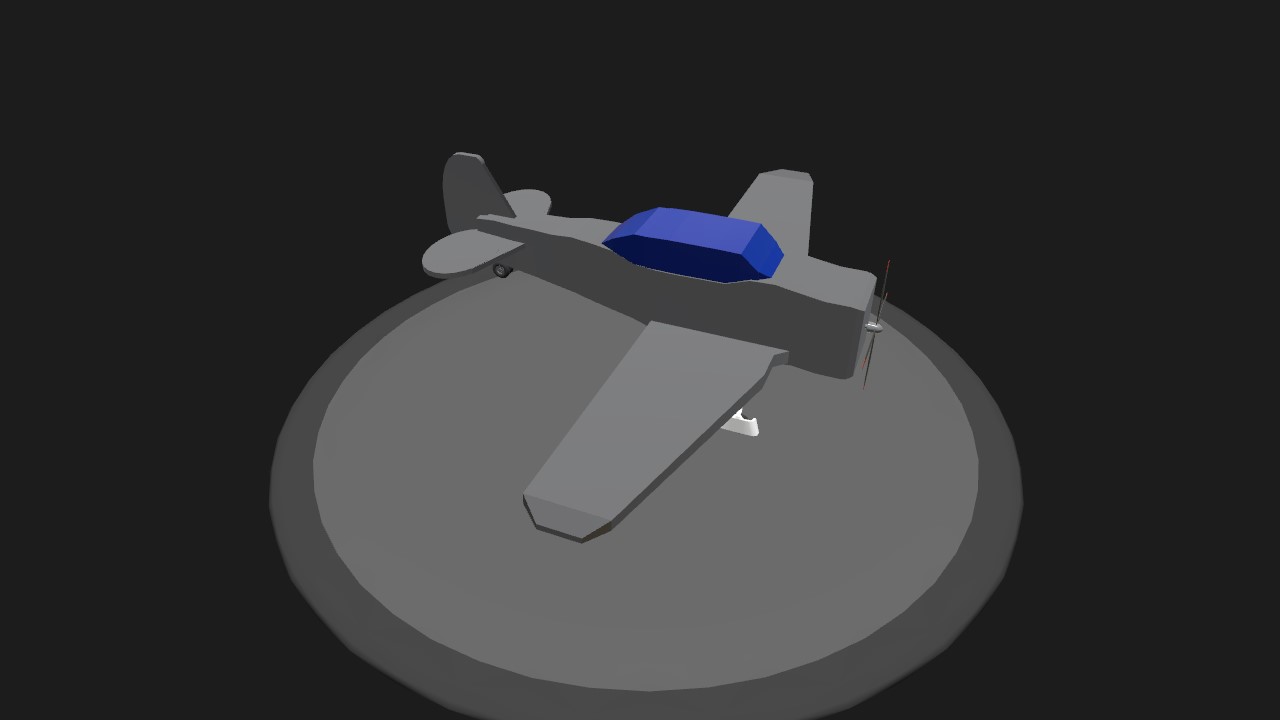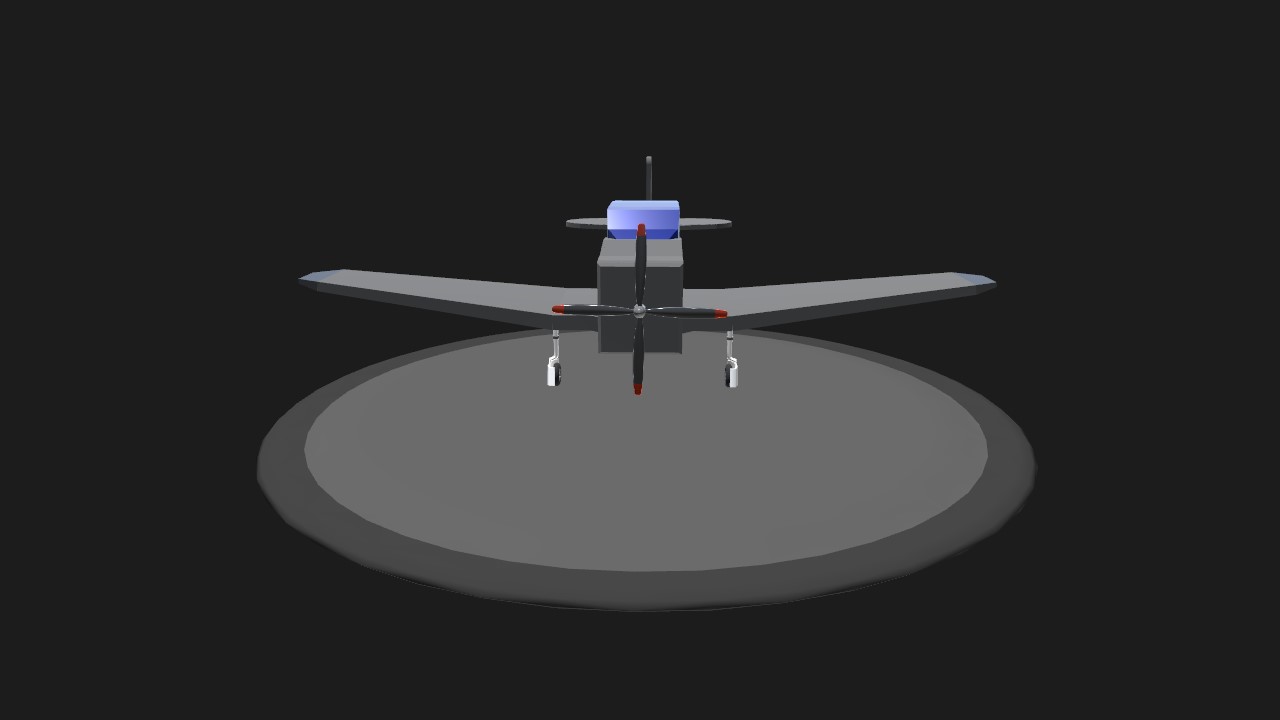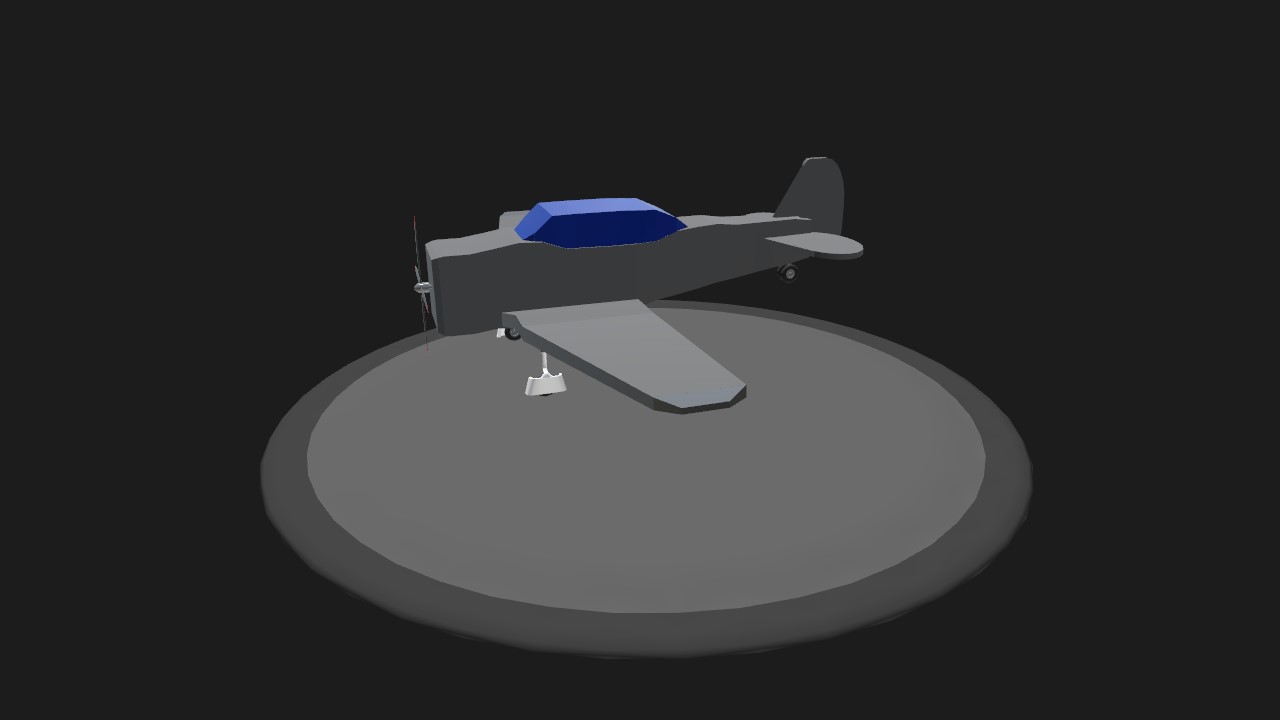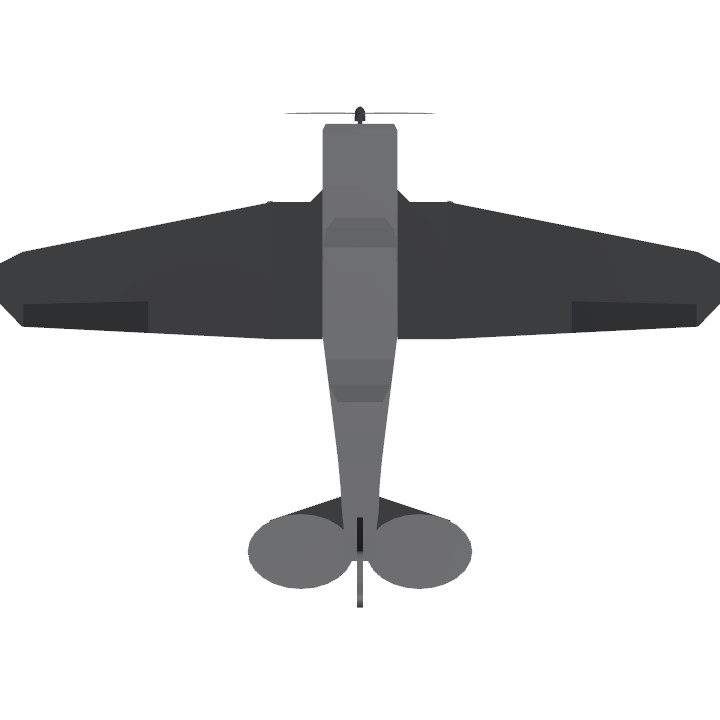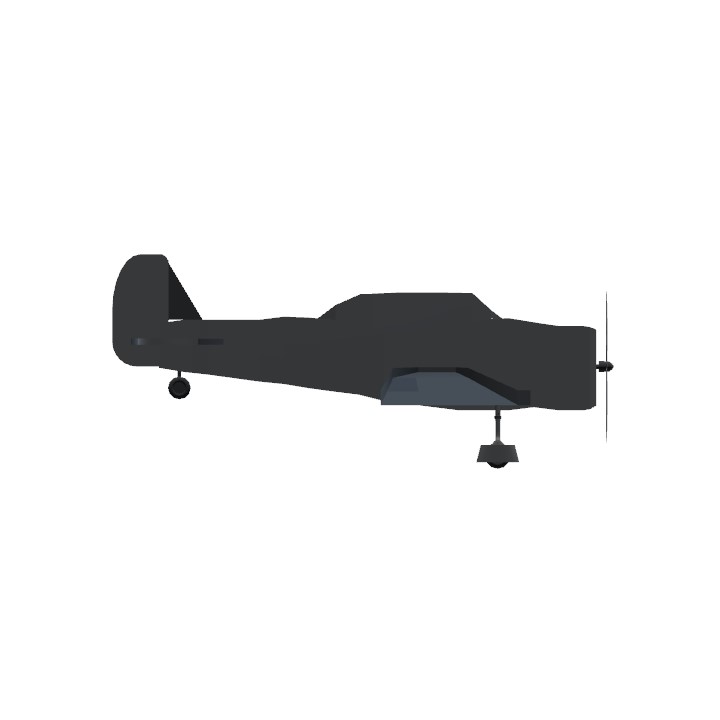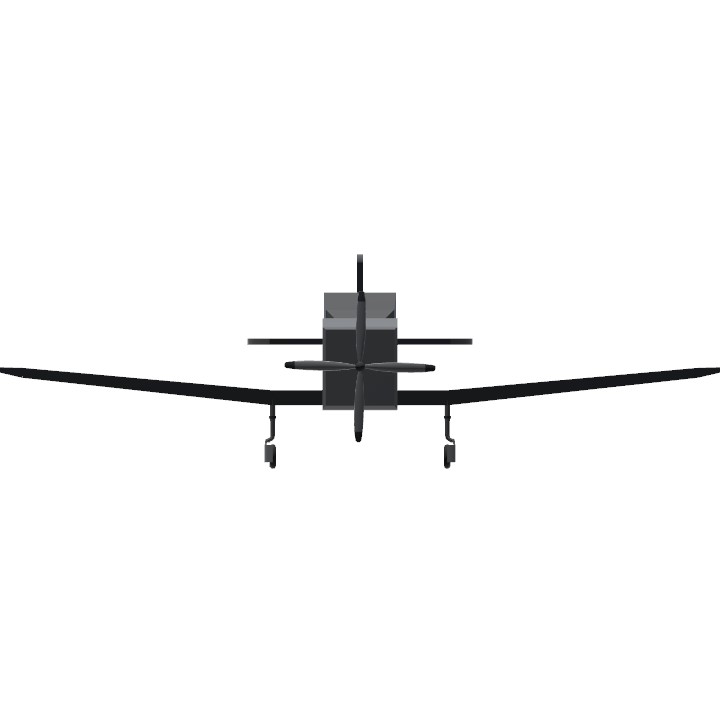The story began before North American Aviation (NAA) put its name on its own aircraft, at a time when NAA was associated with General Aviation of Dundalk, Maryland, with which it made aircraft of the type GA-1 to GA- fifteen . At the end of 1934, the US Army issued a specification for a new basic trainer, that is, the aircraft that students would encounter after passing the stage of low-power primary trainers. The General Aviation design team, led by J. Lee Atwood, quickly produced an all-metal cantilever low-wing monoplane (with heavy-duty skin and flush riveting, although the rest of the aircraft was largely cloth-covered). ) with fixed cantilever landers, a 400 hp Wright R-975 Whirlwind engine, and open tandem cockpits. Instead of being called GA-16, it was baptized NA-16 , which clearly indicated the company's name change.
The NA-16 made its maiden flight in April 1935, at Dundalk, with the civilian registration X-2080 . The US Army pilots at Wright Field believed that it was the best design presented, as well as the trainer with the best possibilities of becoming a tactical aircraft, although they noted several changes. This classic prototype became the NA-18 , featuring tandem cockpits with sliding decks, faired landing gear , and a 600-hp Pratt & Whitney R-1340 Wasp engine. This aircraft was later sold to Argentina, but at the end of 1935, the US Army adopted the NAA trainer and signed an order for 42 examples, with the designation BT-9 . With the security that this order gave, the company moved to Inglewood, California.
Most BT-9s had fixed slats on the outer wing section and were used as unarmed pilot trainers, equipped with flaps that were operated by a manual hydraulic system. In all likelihood, these were the first basic trainers with flaps, which were thereafter incorporated into all subsequent models. The R-975 Whirlwind engine powered most fixed-gear versions, except for the US Navy's NJ-1 and a batch for China; It was smaller in diameter than the Pratt & Whitney Wasp, which was used in the much more numerous retractable train versions, which resulted in better frontal visibility. The main landers were in a fairly forward position, making it very difficult to dig into the nose, and in most of these variants the exhausts converged forward of the engine and discharged through the starboard side of the cowling.
In the first two large French orders several subtypes with original curved wing tips and drifts were included. The second batch of aircraft were diverted and converted to Yale for Canada, most of them with the exhaust elongated above the starboard wing root. Export sales progressed rapidly. Specifically, there were no two production batches that were exactly the same, although all the aircraft had R-975 or R-1340 engines, except for the Sk 14 produced under license in Sweden during the war, which had Italian Piaggio engines, and the models of the Imperial Japanese Navy, equipped with Kotobuki engines that drove a wooden propeller. The Japanese variants, designated K10W and K5Y1 , incorporated several local modifications, mainly to the cockpit, rear section of the fuselage and vertical empennage.
Specifications
General Characteristics
- Created On Windows
- Wingspan 47.3ft (14.4m)
- Length 32.5ft (9.9m)
- Height 13.9ft (4.2m)
- Empty Weight 7,275lbs (3,300kg)
- Loaded Weight 10,081lbs (4,572kg)
Performance
- Horse Power/Weight Ratio 0.198
- Wing Loading 28.3lbs/ft2 (138.4kg/m2)
- Wing Area 355.7ft2 (33.0m2)
- Drag Points 4744
Parts
- Number of Parts 47
- Control Surfaces 5
- Performance Cost 266

